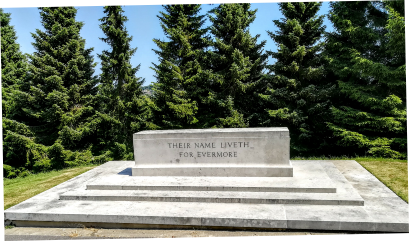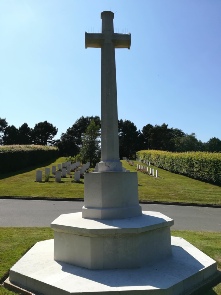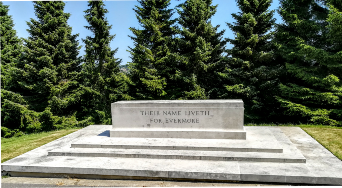
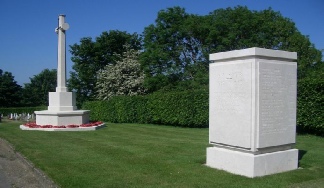
Friends
Of
Hastings
Cemetery
The Stone of Remembrance
The Stone of Remembrance was designed by the British architect Sir Edwin Lutyens for the Imperial War Graves Commission (IWGC). It was designed to commemorate the dead of World War I, to be used in IWGC war cemeteries containing 1000 or more graves, or at memorial sites commemorating more than 1000 war dead.
Also originally known at The Great War Stone
On the Great War Forum is the statement "If you go to Hastings Cemetery where there are several hundred war graves and find the WW1 plot, you will see the first ever Stone of Remembrance. It was displayed at the Royal Academy in London before being moved to Hastings. Copies of this Stone now appear in all CWGC cemeteries with 400+ burials."
No provenance or citation is given.
CWG Archival section have looked into this and cannot find anything to suggest the Stone of Remembrance in Hastings Cemetery was the first ever of its kind.
The minutes for the 20th Commission meeting held on 17 February 1920 confirms that the Commission's Director of Works had requested authority to erect one of the twelve Great War Stones (or Stone of Remembrance) in Hastings Cemetery, which was ordered from Messrs. H.T. Jenkins & Sons of Torquay and had been originally intended for erection in France under an existing contract
Originally, the local Hastings authorities had arranged to have a special form of cenotaph erected but as a result of further discussion, decided to replace it with one of the Commission's Great War Stones. The Commission subsequently acceded to this request at the resolution made during the 20th meeting.
Cross of Sacrifice
The Cross of Sacrifice is considered one of the great pieces of war-
To some, it is a Christian cross; to others, the stone is irrelevant and the sword itself is the cross; and to others, the artwork symbolizes those who sacrificed their lives to the sword.
Hastings and St Leonards Observer - Saturday 19 August 1950
Screen Wall
The Screen Wall was erected in Hastings Cemetery in 1980 to commemorate the scattered war graves throughout the site which had previously been commemorated with a private grave marker, which would be referred to by the Commission as a ‘Private Memorial’.
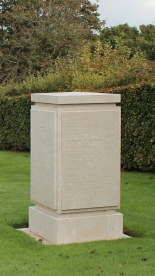
In 1979, Hastings Borough Council had decided to progressively clear areas of, for the most part, dilapidated privately marked graves to form a lawn cemetery. This included the war graves that were marked with a Private Memorial. These graves would be cleared over a period of time, with the first six being removed in the first year of this process.
The Council had agreed that the Commission would be permitted to erect a new Screen Wall to bear the names of the war casualties who’s Private Memorials were to be cleared.
The names of those scattered war graves marked with a Commission headstone would not be included on the screen wall as these graves were not to be included in the clearance process. [Sic]
Eventually, the private memorials on the graves of thirty-
Some of these are also recorded on family graves, or CWG stones within a family plot. See LINK
